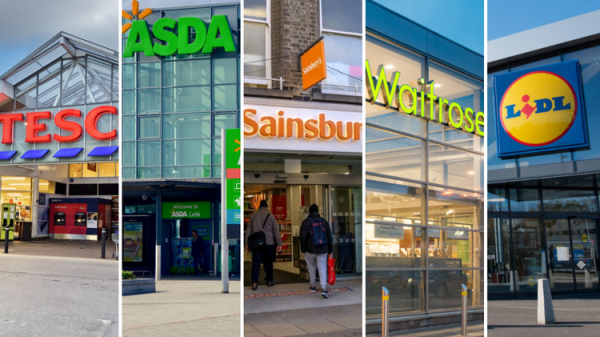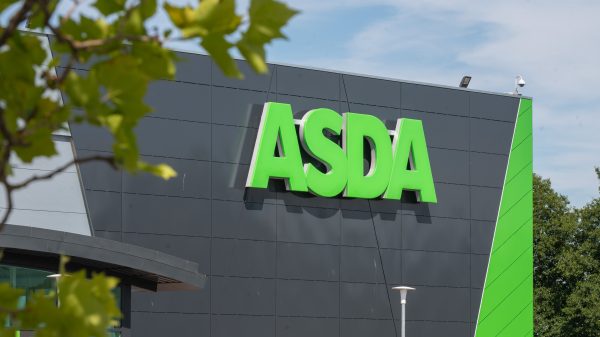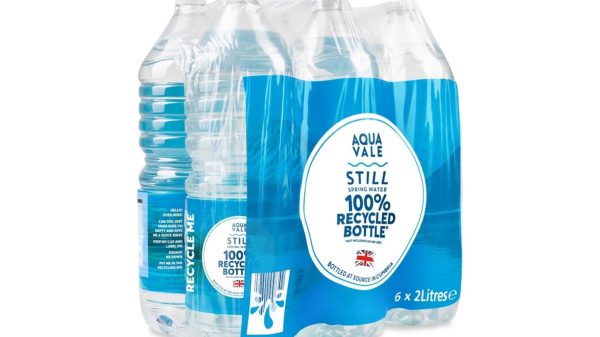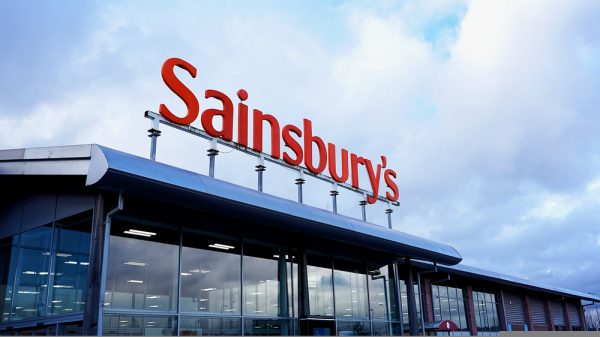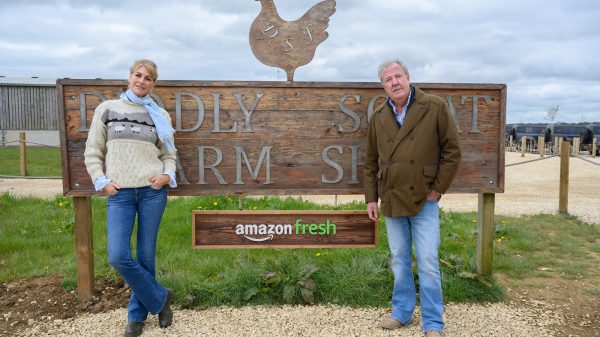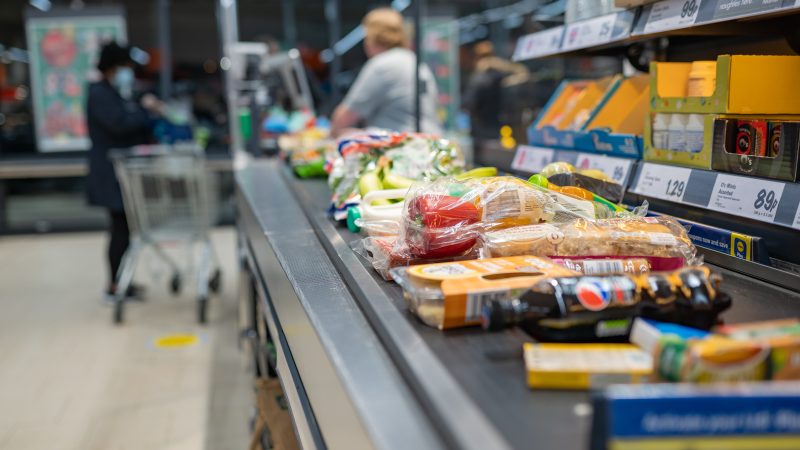“From this evening, I must give the British people a very simple instruction. You must stay at home.”
Those were the words Prime Minister Boris Johnson uttered two years ago, on 23 March 2020, as the nation braced itself for lockdown. We didn’t know how long it was going to last, what it was really going to involve – and we certainly didn’t know it would be the first of three.
The day marked a dramatic shift in the grocery sector. Although we didn’t officially go into a lockdown until 29 March, shoppers soon started stockpiling food, drink and toilet paper while supermarkets tried their best to replenish their shelves as quickly as possible.
Two years later, almost all Covid-19 restrictions have finally been removed in the UK, with testing set to be null and void in April. With things – hopefully – looking like they are going back to normal, Grocery Gazette reflects on the impact the lockdown has had on supermarkets and the grocery sector and whether or not these changes are here to stay.
Online deliveries
In Boris Johnson’s infamous lockdown speech he said, “use food delivery services where you can”. That is exactly what the British public did.
The online delivery sector has grown exponentially since the first lockdown. According to data from Kantar, the online shopping model was used by more shoppers in 2020 alone than in the previous five years put together.
Tesco documented the “unprecedented increase” in customer demand for online groceries in its annual report. The grocer coped by doubling its capacity to 1.5 million slots per week as sales grew by an astonishing – although not surprising – 77% throughout 2021.
NielsenIQ grocery market share data also revealed that the online sector was worth 7.5% in 2019 before it jumped up and peaked in January 2021 at 16.1%. It has now stabilised and is sitting comfortably at around 12-13%.
Following the huge investment which supermarkets have put into their online delivery platforms, online delivery is expected to remain in demand now that all the lockdown restrictions have ended. Customers who may have otherwise been reluctant to accept online delivery have now overcome the entry barrier, with many expected to continue using delivery for its convenience; rather than for any health and safety benefits.
This is reinforced by the British Retail Consortium’s senior analyst James Hardiman, who said: “Although consumers are gradually returning to shopping instore, online sales are only slipping back marginally.”
READ MORE: As Covid restrictions see life return ‘normal’ what now for Deliveroo, Gorillas and Zapp?
Rapid grocery deliveries
Although companies such as Gopuff and Getir existed years before the pandemic, rapid grocery delivery firms found themselves catapulted into the spotlight during the lockdowns, offering grocery orders in less than 10 minutes.
Gorillas, Getir, Zapp and Gopuff all entered the UK during 2020 and 2021. Despite their short tenure so far, they’ve expanded their base of operations to all major cities across the UK, raising millions of pounds in funds along the way.
Last week, Getir raised £583 million ($768 million) in its latest funding round, bringing its valuation to £8.96 million ($11.8 billion). It is now Europe’s first grocery delivery decacorn.
Speaking to Grocery Gazette, Gopuff’s general manager UK Alberto Menolascina said: “Modern life is increasingly hectic and our customers want access to products quickly – we aim to give them back much needed time so that they can focus on the things that matter most to them.”
Many start-up companies have big ambitions, but long-term success is far from guaranteed.
“Eventually we will see the few who come out on top doing extremely well, even as shopping habits return to somewhat ‘normal’ again,” added Landor & Fitch senior strategist Mark Allen.
“With the shift to flexible working, people are moving out of dense city locations, causing the demand for convenience to become stronger and more complex. That said, rapid delivery grocery services can help support the gap – the future certainly looks promising.”
In-store supermarket experience
The pandemic may have opened new doors to how customers access their grocery shopping, but the in-store experience has also changed significantly over the last two years.
The initial lockdown served as an introduction to the strict new health and safety protocols, with screens, sanitising stations, one-way systems and one-in-one-out at the door. Two years later, the measures have either been dialled back or have been removed.
“Our cleaning stations, which include hand sanitiser and anthrax spray to clean trolleys will stay in place. Perspex screens will remain in place for the foreseeable future. We also put a microbial coating on our handles which helps get rid of germs,” Asda’s Jack Woodhead said.
On the topic of face coverings, he said, “We are following the government guidance which says if customers want to wear one they can but there is no legal requirement to do so.”
Face coverings were a difficult topic for supermarkets over the last two years. Although proven to help stop the spread of Covid-19, a number of ‘anti-maskers’ saw this health requirement as a ‘violation of their freedom’.
While most grocers followed government guidelines in regards to face coverings throughout the pandemic, during the more recent omicron surge, Iceland’s managing director Richard Walker said his staff would not make customers wear masks despite it being mandatory.
Now, the in-store shopping experience has mostly returned to normal, with customers free to wear a face mask or not. However, the hygiene stations and the perspex screens are set to stick around for the foreseeable future.
READ MORE: End of free tests, self-isolation and masks is a ‘triple whammy’ for Covid Safety, union warns
Home cooking trends
Despite the economic challenges during the pandemic, premium food categories like alcohol, speciality coffee, meal kits, frozen meals and species have gained popularity among shoppers, according to data analytic company Information Resource Inc (IRI).
Unable to visit restaurants and with more free time on their hands, consumers picked up their pots and pans and experimented with home cooking and dining to recreate the experiences that they would otherwise get dining out.
Consumer product goods expert and author James Richardson said “We’re seeing premium return to being the growth engine in almost every category. The demand is shifting is to higher-priced, higher-quality fresh, fresh-like or ‘fresh frozen food.”
This shift looks to remain as premium own-label sales broke records this Christmas as shoppers spent upwards of £600 million on supermarkets’ upmarket lines over the four weeks to 26 December, according to Kantar. This was an increase of 6.8%, compared to 2020.
“Tesco’s Finest and Sainsbury’s Taste the Difference are easily the largest premium own-label ranges, but we saw the fastest growth from other ranges such as Asda Extra Special and Iceland Luxury,” Kantar head of retail and consumer insight Fraser McKevitt said.
However, in recent months Inflation has soared to record highs, putting pressure on grocers to be more mindful of price-conscious shoppers. It remains unclear how much inflation has impacted the demand and price changes for premium products but in the spring statement coming out today, Rishi Sunak is expected to acknowledge the soaring inflation rates and the impacts it has on low-income families.
Supermarket employee experience
Life didn’t just change for the shoppers at grocery stores but for shopworkers too. Usdaw general secretary Paddy Lilis reflected upon employee experiences throughout the pandemic.
“Despite their new key worker status, unbelievably abuse of shopworkers doubled at the beginning of the pandemic, as customers disgracefully took out their frustrations on staff,” he told Grocery Gazette.
The trade union also highlighted the lack of job security staff members had, specifically commenting on the ‘fire and rehire’ practice that was employed by a number of supermarkets.
Lillis added: “The Covid-19 response demonstrated just how reliant our country is on low-paid workers who continued throughout to deliver essential services.”
“It’s been a really tough two years and lessons must be learnt, but I fear the government is slipping back to business as usual.”
Speaking to Grocery Gazette, Asda spokesman Jack Woodhead stated: “We
Asda made a “significant investment in 2020 to keep colleagues and customers safe”, according to Woodhead.
This included “shielding 15,000 clinically vulnerable colleagues on full pay for 12-weeks, hiring 22,000 temporary colleagues to cover absences and manage increasing demand, providing 2.6m home deliveries free of charge to shielding customers.”
As key workers, supermarket employees were set for a difficult task ahead and Usdaw is clear in its position that the government didn’t do enough to protect staff members during those times.
READ MORE: “Flip-flopping” Covid-19 restrictions creates confusion, Usdaw warns
Out with the old, in with the new
Throughout the past two years, the grocery sector has undergone a lot of change and many Covid-led trends are likely to continue to some extent.
However, the rise of inflation may see shoppers and supermarkets forced to adapt again as they try to navigate their way through soaring grocery prices.
Today (23 March) UK inflation jumped from 5.5% to 6.2% reaching a new 30 year-high, while food inflation reached 5.1% (CPI) in the year to February (according to the Office of National Statistics).
With inflation set to rise over the new few months, shoppers have been flocking to discounter stores Aldi and Lidl – Kantar noted the pair were the fastest-growing retailers in its latest market share data.
The pandemic clearly brought about new habits for both retailers and consumers. But with the cost of living prices set to worsen, it looks likely customers will not get any breathing space before they’re forced to adapt, improvise and overcome, yet again.
Click here to sign up to Grocery Gazette’s free daily email newsletter

